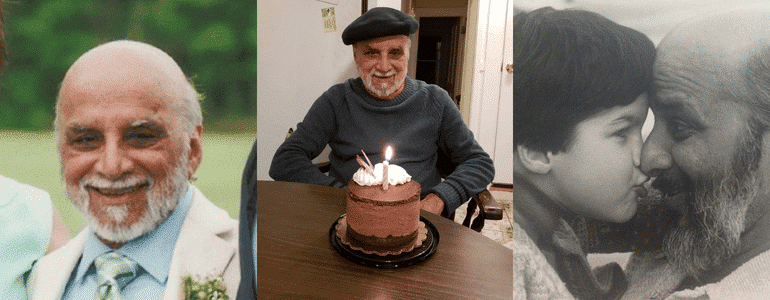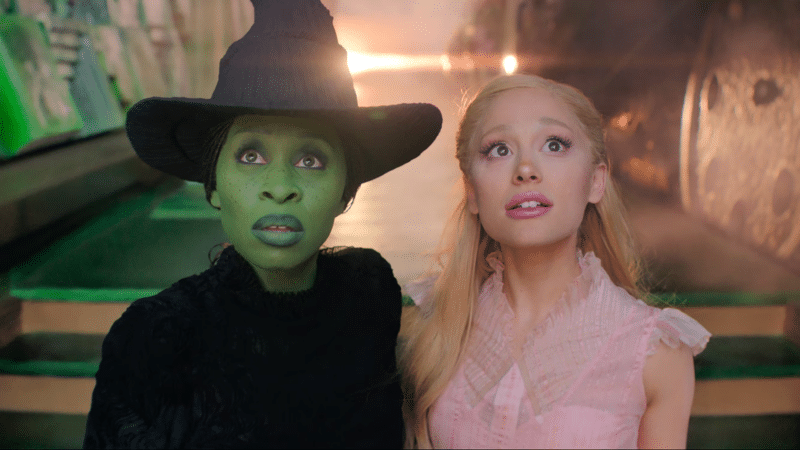FIVE Things I Learned About Playwriting from The Presidential Election.
Watching the last few days of our recent Presidential election was as dramatic as any event I’ve seen in my life. It kept me riveted to my seats for days! It was like sitting through Les Miz, both parts of Angels in America AND The Inheritance over and over for a week! And I didn’t even want to get up to pee!
In between waiting for ballots to come in and binging Krispy Kremes and Kit Kats, I couldn’t help but wonder what I could learn from all this drama.
So I asked myself “What about THIS ELECTION put me so on-the-edge-of-my-seat? And how can I put that into all of my shows?”
Here are FIVE things I came up with that are now a part of my “Edge-Of-Your-Seat” checklist on every single one of my shows (and ACTION ITEMS for you to help you with YOUR shows):
1. A super specific SIMILAR objective for BOTH the protagonist and antagonist.
One candidate wanted to win the election. The other candidate wanted to win the election. Boom. You can’t get clearer than that.
The “want” for EACH character wasn’t, “To improve his understanding of the word,” or “To gain self-confidence.” Those may be good objectives but it’s hard to show an audience if your hero has achieved them.
An election is a win/lose. It’s like a boxing match or a basketball game (now you know why Rocky and Hoosiers are so easy to get into). Or a court case (Law and Order, To Kill a Mockingbird, 12 Angry Men, etc.).
And when both your protagonist and antagonist have the same goal, the conflict or “counter-objective” is super clear. Because both characters want the same thing, they also want to prevent the other “party” from getting the same thing.
ACTION ITEM: What does your protagonist want? Can you make it more specific . . . and if it’s a “internal want,” (e.g. to be a better father), who can you symbolize it with something specific. And what does your antagonist want? Can it be the same thing? Or at the very least, can you make it to prevent the protagonist from getting what he or she wants?
2. High stakes? Make them even higher.
What was at stake in this last election?
Not much. Just a pandemic. The economy. Democracy. Or in simpler terms . . . people’s lives, people’s livelihoods, and the entire country.
I mean, can you get bigger stakes?
Your story may not be as big as an election, but however high your stakes are, ratchet ’em up as high as you can go.
I like to think of my stakes as the bar a pole vaulter (i.e. my protagonist) has to leap over. When I do my SECOND draft, I look at where I set the bar in the first draft. . . and then I raise it up a few more inches. And so on with the third draft, fourth, and on.
ACTION ITEM: Write out the answer to this question: “What will happen to your hero if he or she does NOT get what they want?” Like this: “If my hero fails, he or she will . . . ” Then make it worse.
3. Have a bad guy? Make him badder.
However nasty your antagonist may be, make him nastier. Be careful about mustache-twirling cliches (you avoid this by having them do things that you’d never expect – just like what happened in this election and AFTER this election).
We know that our audience must feel empathy for our protagonist. One way to accomplish this is by making the antagonist, the person preventing our hero from getting what they want, even more of an a-hole. When we dislike someone, we are more likely to want the other to succeed.
(Oh, I will leave it to you to decide who the bad guy was in this election.)
ACTION ITEM: On a scale of 1-10, how much of a bad guy is your bad guy? Add something to your story that he or she does or has done to make him or her worse.
4. Think you know what’s going to happen?
This election took more twists and turns than a rollercoaster. And that’s how your story should unfold as well! On Tuesday night, it started out one way, then turned another (which kept people up watching late into the night). Then the next day it turned again when the mail-in vote started coming in. Then one network called Arizona. But others didn’t! And then . . . And then . . . and then!
You have to surprise your audience with moments they can’t predict or EXPECT. Most successful stories follow similar structures. But what happens within that structure to keep your audience engaged is fair game.
ACTION ITEM: Count the twists and turns in your story. Then add another one.
5. Stretch it out.
Yes, people want shorter content in 2020. But as this election shows (as well as Les Miz, Angels in America and The Inheritance), there are ways to keep people watching. If you can keep your audience twisting and turning (see #4), you’ll increase the tension, and be able to stretch your story just a touch more . . . which will give your audience an even bigger release when the curtain comes down.
There would have been celebrations of the winner of this election around the world regardless of when the race was called. But I guarantee you, the celebrations would NOT have been as big as they were if the race was called on election night.
ACTION ITEM: Where in your story does your hero get what they want? Can you add a “But wait,” moment to delay it a touch more? Be careful! Make sure your audience truly doesn’t know what’s going to happen next, or they’ll get bored. But if you’ve done your twisting and turning right, this could get you an even bigger celebration at the end of your show.
Happy drafting!
– – – – –
If you want more advice on how to create award-winning stories, don’t listen to me. Listen to Pulitzer Prize winners, Academy Award winners, Tony Award winners, and more. We have them all and 100 other speakers at this weekend’s TheaterMakersSummit in just TWO DAYS! Get your ticket now. It only takes ONE change in your script to get the attention of a Producer. Hear what you should do this weekend. Click here.
Podcasting
Ken created one of the first Broadway podcasts, recording over 250 episodes over 7 years. It features interviews with A-listers in the theater about how they “made it”, including 2 Pulitzer Prize Winners, 7 Academy Award Winners and 76 Tony Award winners. Notable guests include Pasek & Paul, Kenny Leon, Lynn Ahrens and more.













